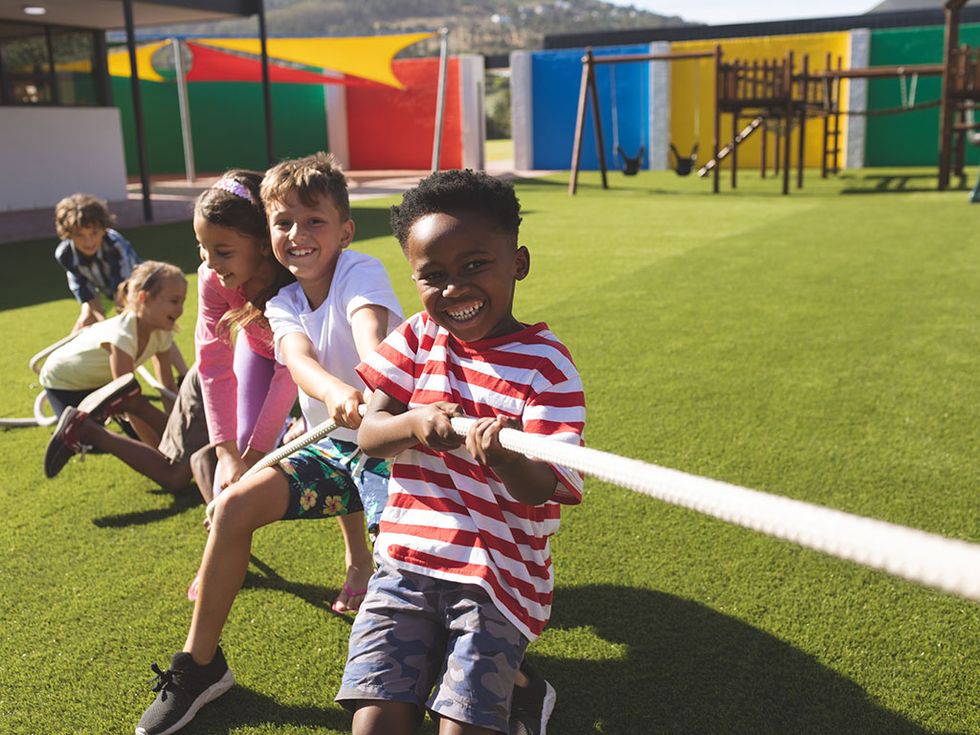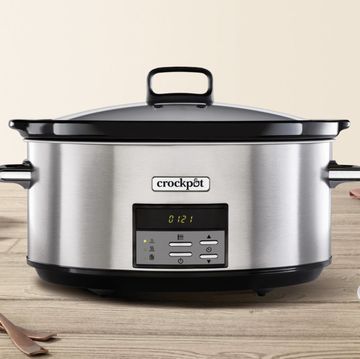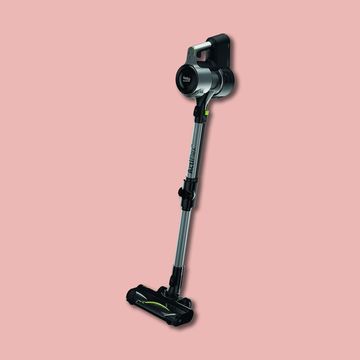It's that time of the year when the thoughts of parents of school-age children turn to the new term and whether they have everything they need.
From uniforms to shoes and new stationery, back-to-school kit can cost a fortune. Going back to school costs £287 for a child in primary school and £422 for a child in secondary school, according to research by Action For Children.
But there are ways to save. Read on to find out how...
What to read next
7 ways to save on school kit
Save on school uniform
The average cost of compulsory school uniform and sportswear items is £101.19, according to The Schoolwear Association.
If you're struggling to cover these costs, check if you're eligible for a school uniform grant. Depending on where you live, your local council may be able to provide financial aid in the form of a grant. If you’re based in Scotland, Northern Ireland or Wales, all councils are required to offer assistance to eligible parents. If you live in England, only some authorities are offering a grant, so you’ll need to check. Generally, the key eligibility criteria is whether your child qualifies for means-tested free school meals.
Your local Facebook Marketplace is a great place to look for branded second-hand uniform. For non-branded, try Ebay and Vinted. "Many schools hold school uniform sales during the autumn term," says Louise and this can be a good opportunity to plan ahead and stock up on items that your child will need for the coming year, at a fraction of the cost you’d pay to buy it new," says Louise Hill, co-founder and CEO of GoHenry. "You could also organise a clothes swap with friends or parents from the local community. Kids often grow out of school clothes quickly and this is a good way to ensure they find a new home and are used again."
Before you shop, think abiout what can be reused from last year. "Parents could motivate their kids to get creative and redesign existing items for the new school year, rather than splashing the cash on a shopping trip," says Louise. "Local charity shops and second-hand platforms are also a great place to find cheaper alternatives to brand new items, and can help teach kids how to shop around, be savvy with their finances and take care of the environment."
If you're buying new, all the supermarkets now sell school uniform and will be running special offers throuyghout the summer so keep an eye out.
Don't spend too much on shoes
Nearly a third (32%) of parents need to replace their children’s school shoes every three-to-six months due to their youngsters rapidly outgrowing their current pair, according to a survey by Censuswide. This doesn't have to cost a fortune though if you shop second-hand.
"Shopping second-hand doesn’t necessarily mean you’ll be purchasing used items," says Nick Drewe, Trend Expert at Wethrift. "Sellers on platforms such as Vinted, eBay, and Facebook Marketplace often list items that are brand new but are no longer needed. It’s worth keeping an eye out for any unused children’s school shoes on these platforms, as they are typically listed at a discounted price."
Another way to get a bargain is to buy at an outlet shop. "Outlet stores often sell popular school shoe brands such as Clarks, Marks & Spencer, Kikers, Schuh, and more at a reduced price," says Drewe. "Discount outlets are not only cost-effective but also provide a wide selection of good quality shoes, giving parents peace of mind that they are purchasing a supportive and durable product for their children that is likely to last the whole school year and beyond."
Think about refurbished tech
As refurbished laptops are often unopened or unused returns you can get a good laptop for a competitive price, says Laptops Direct. Weigh this up as an option before buying a brand new laptop, or consider giving your old laptop to your child when you buy a new one for yourself.
Encourage kids to contribute to extracurricular activities
"Most schools offer a range of extracurricular activities but the cost of these can add up, especially as many need to be paid in advance at the beginning of each term," says Louise. "It’s always worth asking for a free trial session before you commit, or speak to other parents whose kids do the activity to get their honest feedback.
"Sometimes it’s possible to share music lessons as part of a group, which can reduce the cost, and also it’s worth checking if equipment is available to borrow or hire.
"If your child wants to join an activity you feel like you really can’t afford but you can’t bring yourself to say no, ask them to save up enough money for the first two or three sessions and then offer to match it.
"Another option is to ask family members to contribute towards the cost of hobbies for your child, instead of buying them other presents. If your child is willing to sacrifice their usual birthday or Christmas presents in favour of a new hobby, then it’s safe to say they are serious about committing to it!"
School books that don't cost a fortune
If the school doesn't provide textbooks or set texts, it's cheaper to buy second-hand. We recommend worldofbooks.com.
The reverse is also true - why not sell any school kit that is no longer needed on eBay or Amazon? The most popular things to sell on eBay include branded electronics, Lego and bikes - all of which could be lying around your house.
Set a lunch budget
"Giving your kids control of their daily school lunch budget is a gentle way to ease them into managing their money," says Louise. "Give them a set amount of money at the beginning of each week or each day, and explain you won’t be giving them extra if the money runs out. If that happens, they’ll need to make their own packed lunch! Depending on how much you give them, you can tell them they can keep any money leftover from their lunch budget as extra pocket money, which might encourage them to be more thoughtful when it comes to what they decide to eat.
"If your child prefers a packed lunch, you could give older children and teenagers a weekly budget to buy what they need to prepare their own lunches and snacks. Both of these options are a good way to help children get into the habit of budgeting, which is an important skill to master before they start university or become financially independent."
Must-have accessories
Whether it's an air up bottle or the latest branded backpack, it's those extra kids want that really stretch the budget.
"Why not create a checklist together with the kids to establish which items on their wishlist are back-to-school essentials, and what can be saved for another time such as a birthday or Christmas", sughgests Louise. "Teaching kids the difference between needs and wants and how to prioritise will not only help them narrow their wish lists and keep costs down in the short term, but will also give kids an important financial skill for the future.
"If your child is set on having the latest new rucksack or water bottle you could encourage them to spend the last few weeks of the holidays doing some extra chores around the house to top up their pocket money. For teens, parents could even float the idea of a part-time job for the rest of the summer, which could continue into the weekends during term time."
Joanne Finney is GoodHousekeeping's Books Director and resident bookworm. She writes about everything from the must-read best-sellers to the latest book industry gossip. She has previously been a judge of the Costa Book Awards and runs the popular Book Room Facebook group.















